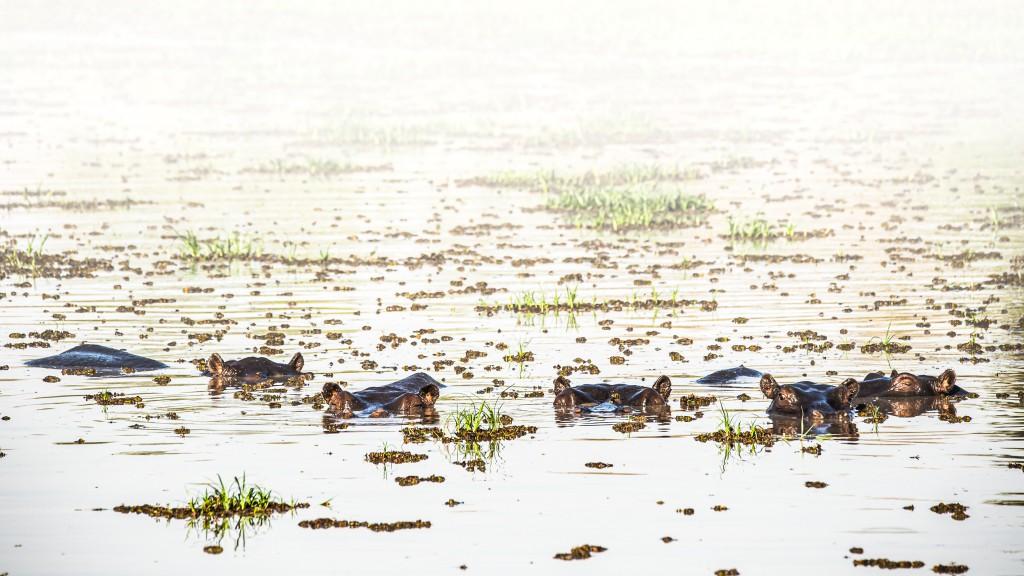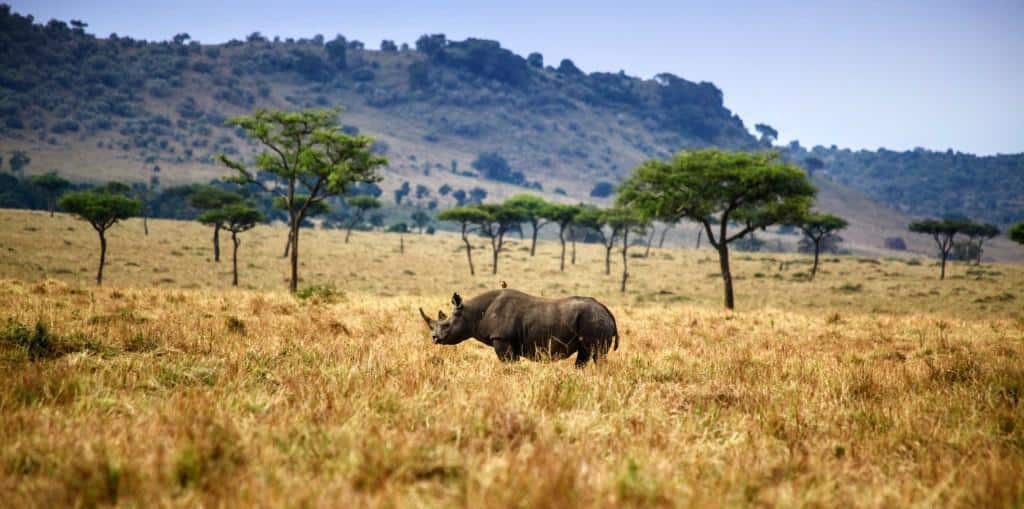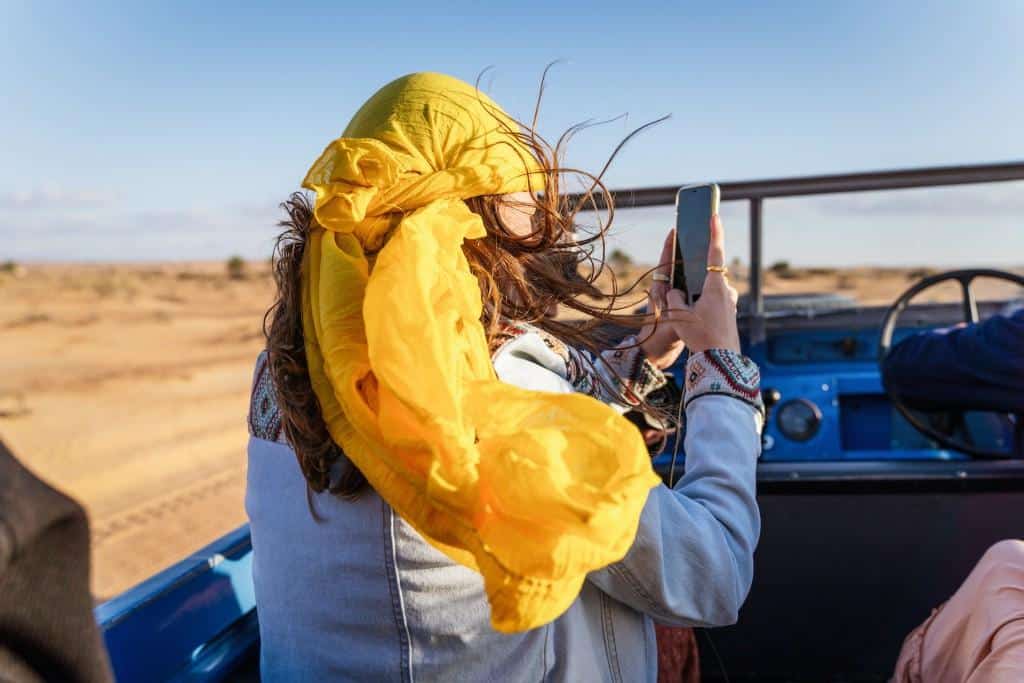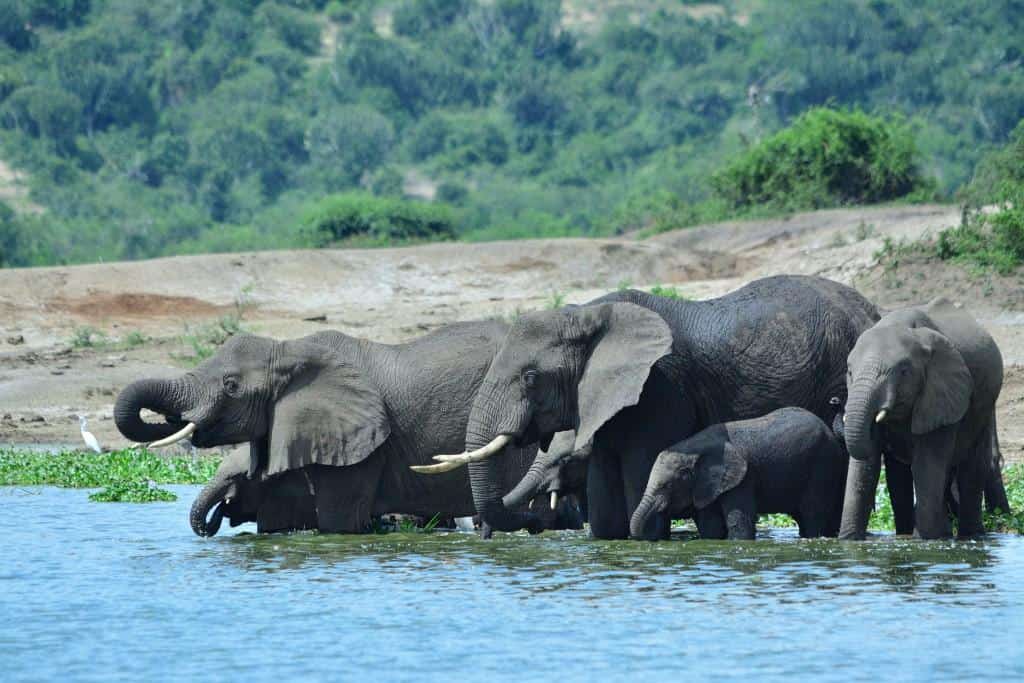Electric Safari Vehicles (ESVs) are revolutionising the African safari experience.
Solar safaris are gaining a new popularity for zero-emission, carbon-neutral holidays in Africa.
The ESVs are retrofitted diesel 4×4 vehicles. Electric motor, batteries and charging points replace the original motor. The result? A near-silent, solar-powered vehicle that reduces the disturbance to animals and the environment.
Smooth & silent game drives
Electric safari vehicles are almost completely silent. You can enjoy driving through the bush, minimising the disturbance to wildlife. This near-silence means the sounds of bird and animal calls become much easier to hear. Wildlife photographers will also love the absence of jittery start-ups and jerky gear changes. The norm with old diesel-powered 4×4 safari vehicles.
Zero emissions
An electric safari vehicle does not burn any fuel. There is no need for exhaust systems and so no hazardous gases pour out into the environment.
Reliability
Electric safari cars are much more reliable than any standard combustion engine. As the motor relies on only one working part.
Low maintenance
Running costs are low in electric safari cars. There is no need for fuel as they’re powered by the sun and almost no maintenance required on an electric motor.
Performance
Electric safari cars run at around 95% efficiency, vs 20-30% for standard combustion engines. A significant improvement in the performance of the vehicle. Electrical components are tough and the sealed ‘engines’ allow them to wade through deep sand and even ford rivers.
Many lodges across East and Southern Africa have invested in solar power and ESV’s over the last few years. Reducing noise and pollution allows visitors to get even closer to the wildlife. With over ten solar safaris currently of note, there’s a fair few to choose from.
Chobe Game Lodge, Botswana
The original pioneers of the electric-powered eco-safari concept. Almost a decade after its conception, electric safari cars and solar-powered safari boats now make up the majority of its fleet. Take a CO2 emission-free game drive in the home of the world’s biggest elephant herds – Chobe National Park. Or take one of the lodge’s solar-powered boats along the Chobe River to see thirsty elephants line the river’s edge.
Chisa Busange Camp, Zambia
Chisa is the Nyanja (a language spoken in Zambia) word for ‘bird’s nest’. You’ll immediately see why this camp got its name when you lay your eyes on the rooms. Chisa’s rooms are up in the trees and immerse you in the wilderness of the Busanga Plains. This camp is passionate about safari experiences that are gentle on its surrounding ecosystem. Guests can enjoy quiet game drives, disappearing into the floodplains in an electric safari vehicle. Or escape on an electric mountain bike to experience the Busanga landscape.
Ila Safari Lodge, Zambia
The country’s first lodge to introduce solar safaris on both land and water. This luxury lodge sits in the Kafue National Park. A wild and well off the beaten path safari destination. Purpose built for a sustainable safari, the lodge is completely off-grid and powered by a huge solar bank. The lodge’s ‘Silent Safari’ experience allow guests to see the pristine ecosystem of the park and the magnificent Kafue River.

Shawa Luangwa Camp, Zambia
Cheetah Plains, South Africa
Emboo River, Kenya
Kicheche Mara Camp, Kenya

Lewa Wilderness Lodge, Kenya
Since the beginning of the twentieth century, rhinos have been on the brink of extinction. By the 1980’s, poaching reduced the black rhino population in Kenya to less than 300. But thanks to vital conservation efforts in places like the Lewa Wildlife Conservancy, black rhino numbers have been recovering. Lewa Wilderness Lodge, one of the country’s original safari lodges, sits in this exceptional conservancy. A haven for endangered animals like rhino and
Grevy’s zebra. Only three safari vehicles can be at a sighting, ensuring a tranquil game viewing experience. All enjoyed whilst powered by the African sun.
Campi ya Kanzi, Kenya
This place offers some of the best eco-holidays in Africa. The camp uses photovoltaic panels to transform sunlight into electricity. Stored in a battery bank and then transformed into a continuous electric current that runs the entire camp. It supplies all the camp’s appliances and it also charges Campi ya Kanzi’s electric safari vehicle.
Ol Pejeta Bush Camp, Kenya
Ol Pejeta Bush Camp in Kenya is committed to conservation and sustainability. The camp sits in the Ol Pejeta Conservancy, home to the world’s last remaining northern white rhinos. Guests can contribute to conservation by getting involved in activities. Try anti-poaching canine training or help a research team record lion sightings. You can also enjoy game drives in Ol Pejeta’s electric safari vehicle, exploring the breath-taking Laikipia landscape. Track the Big 5 and rare species like Grevy’s zebra.










